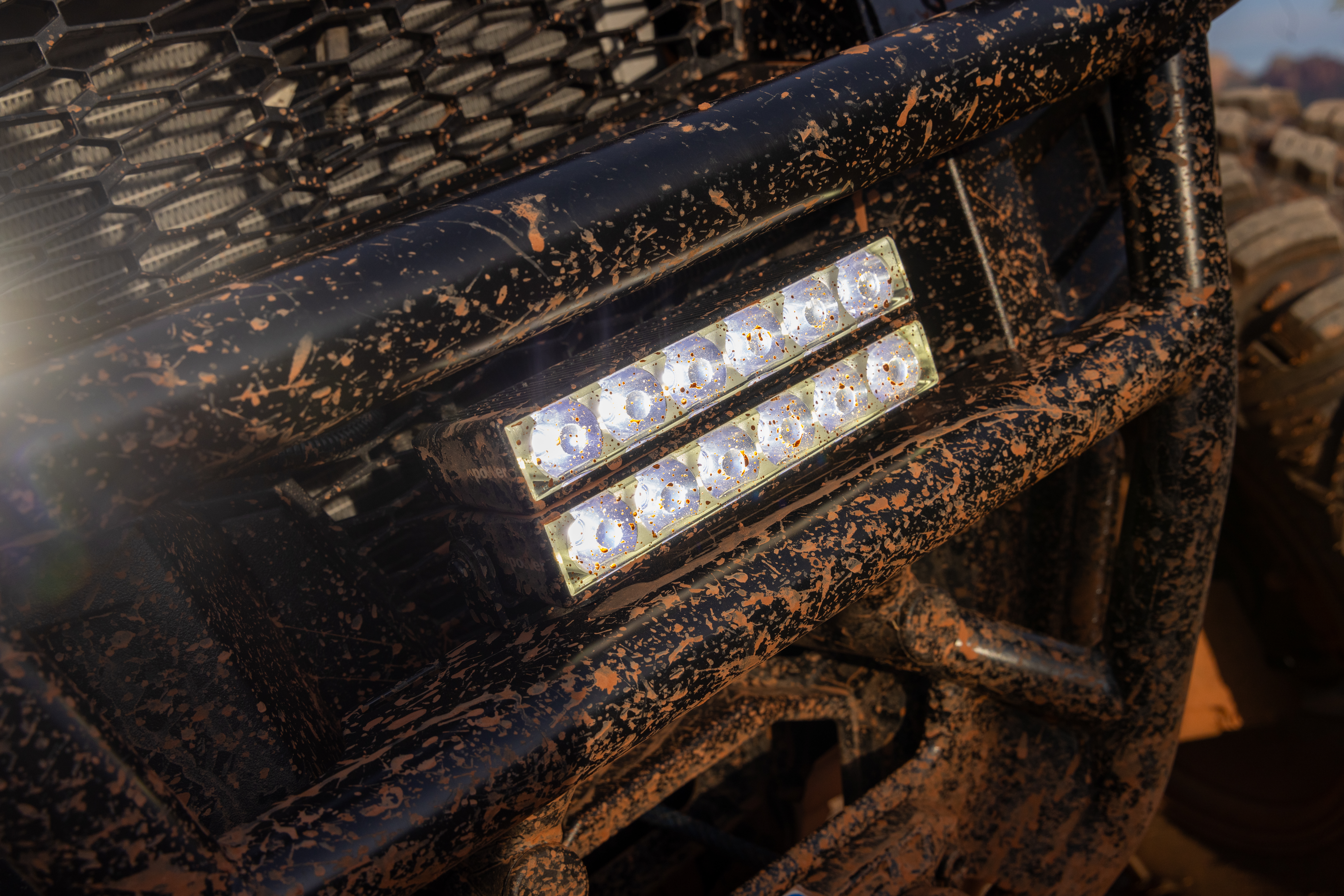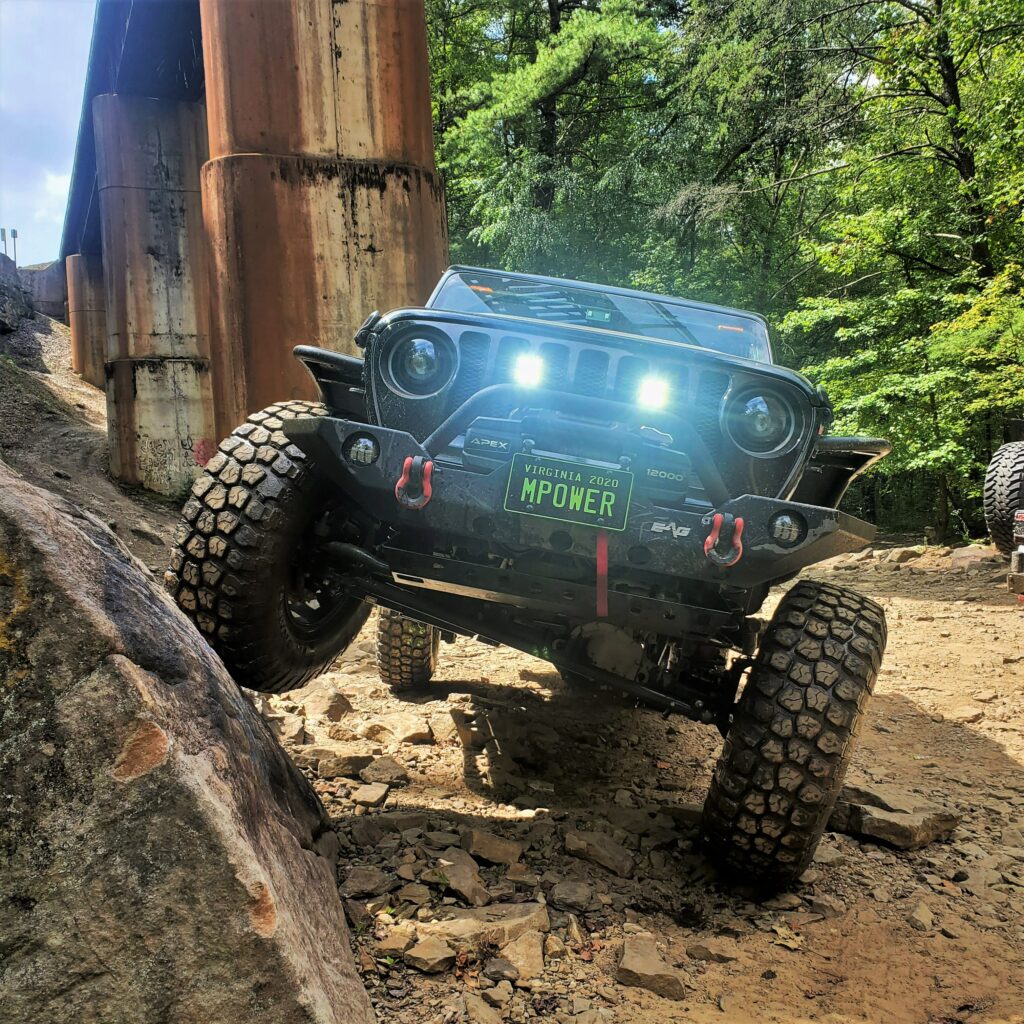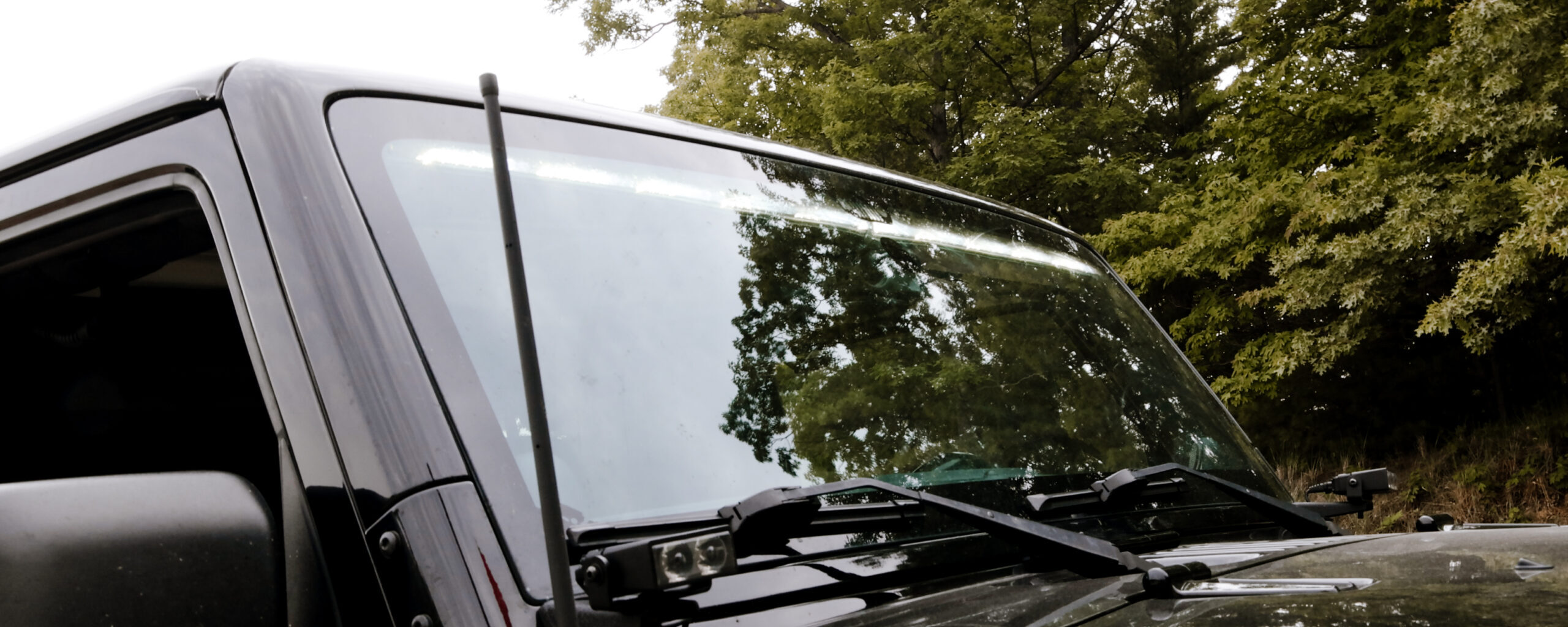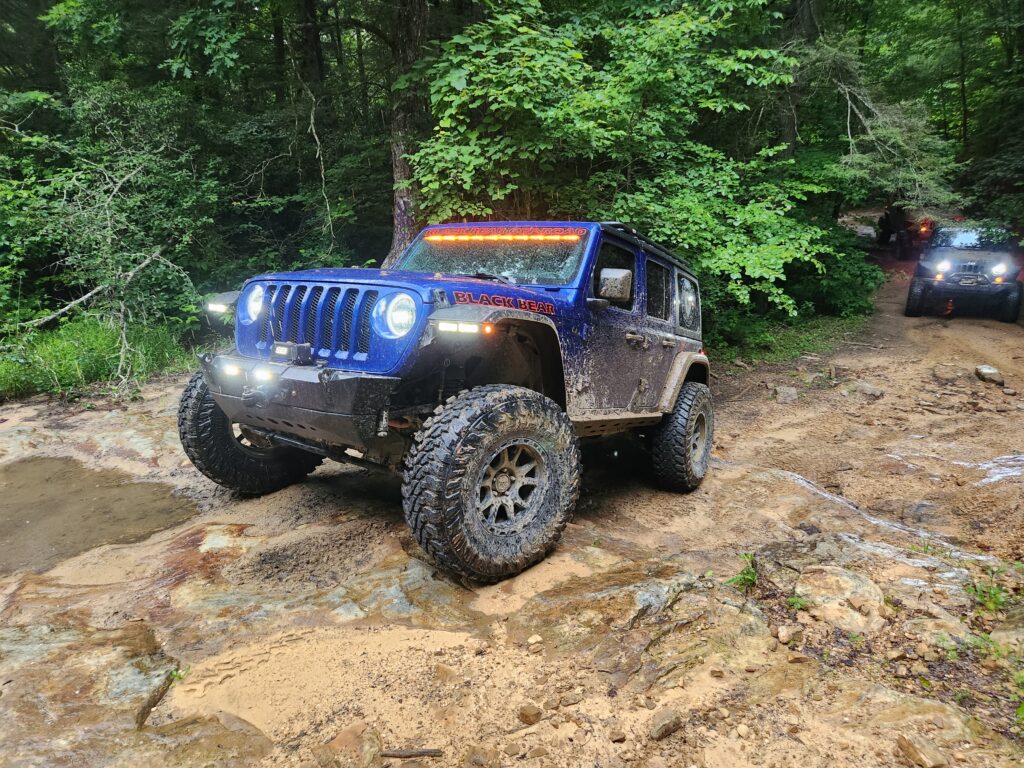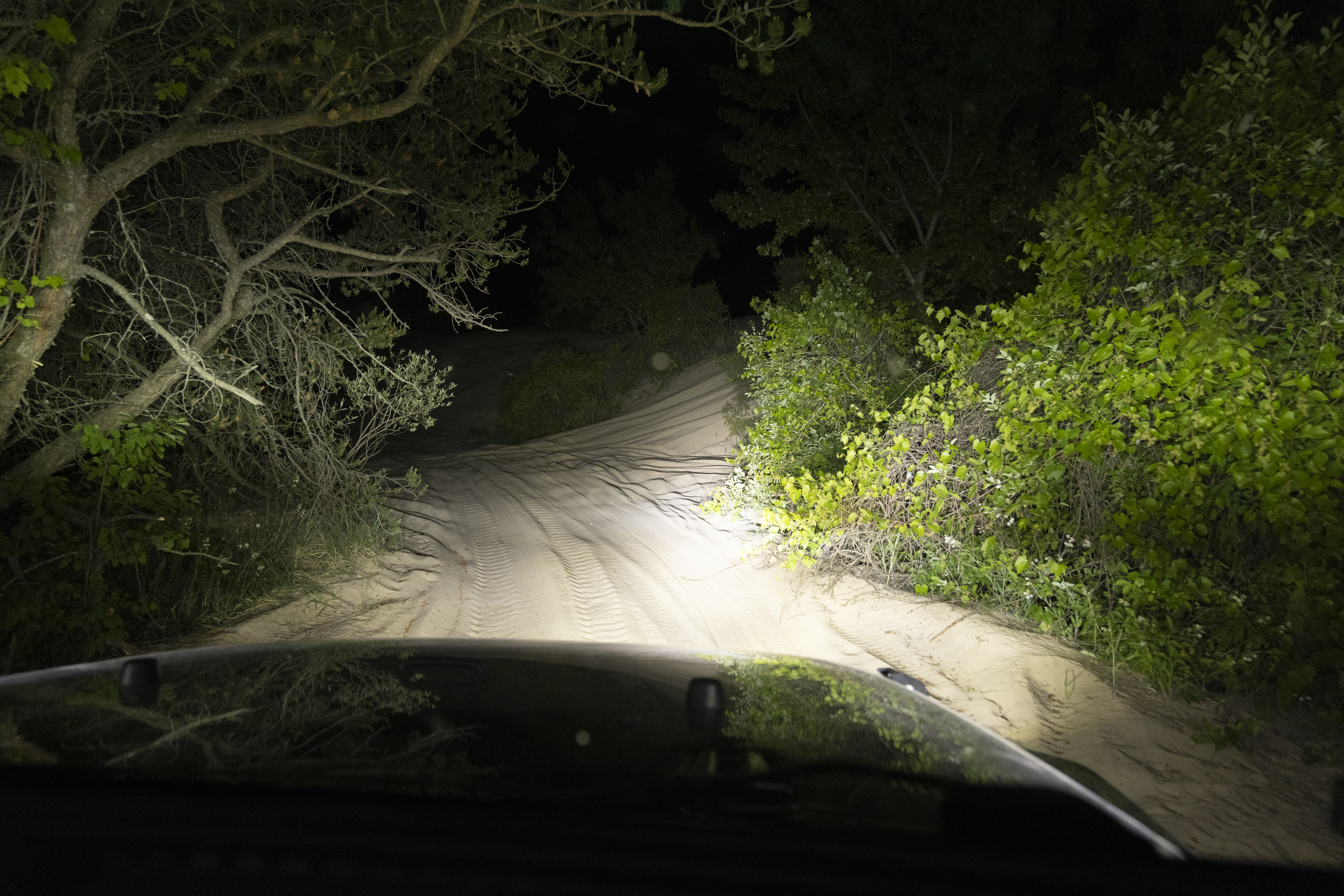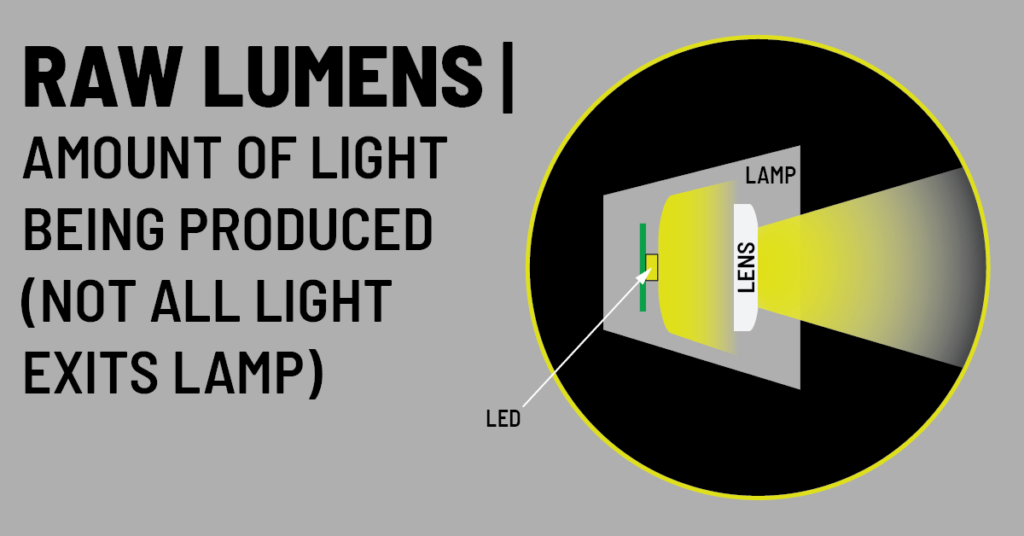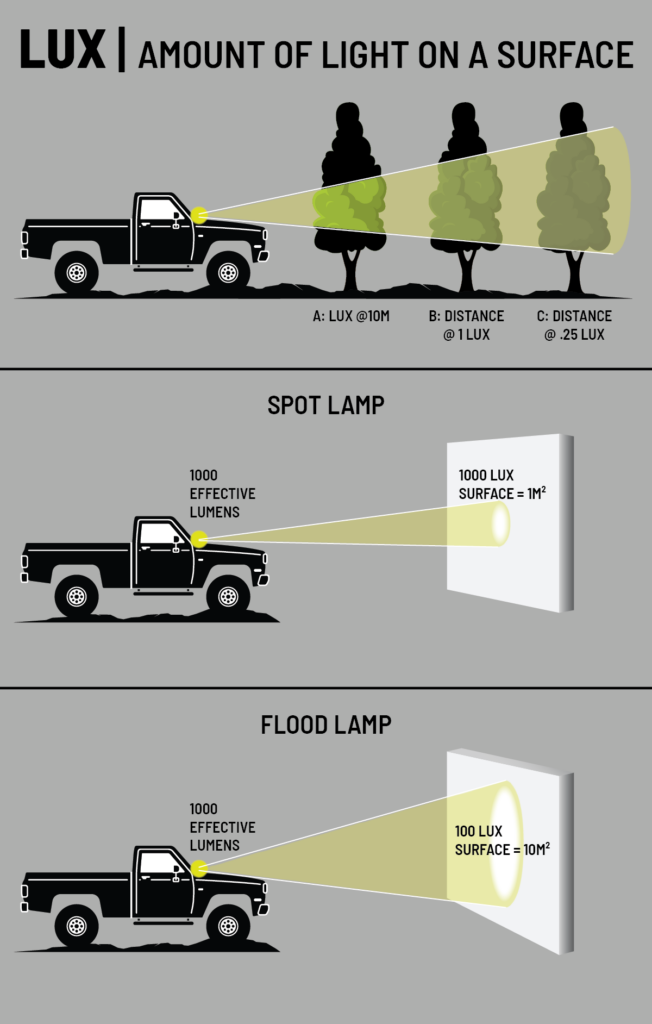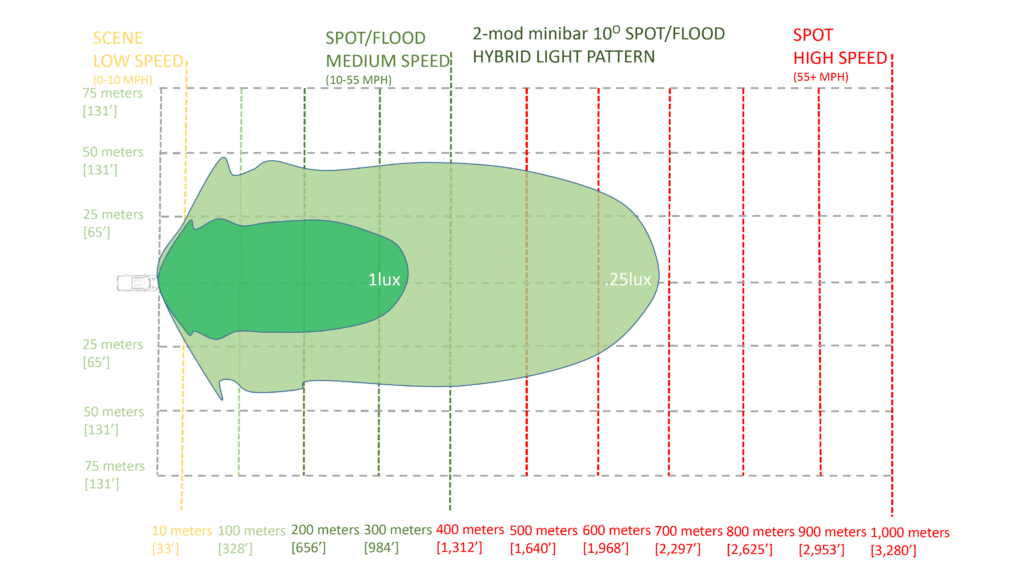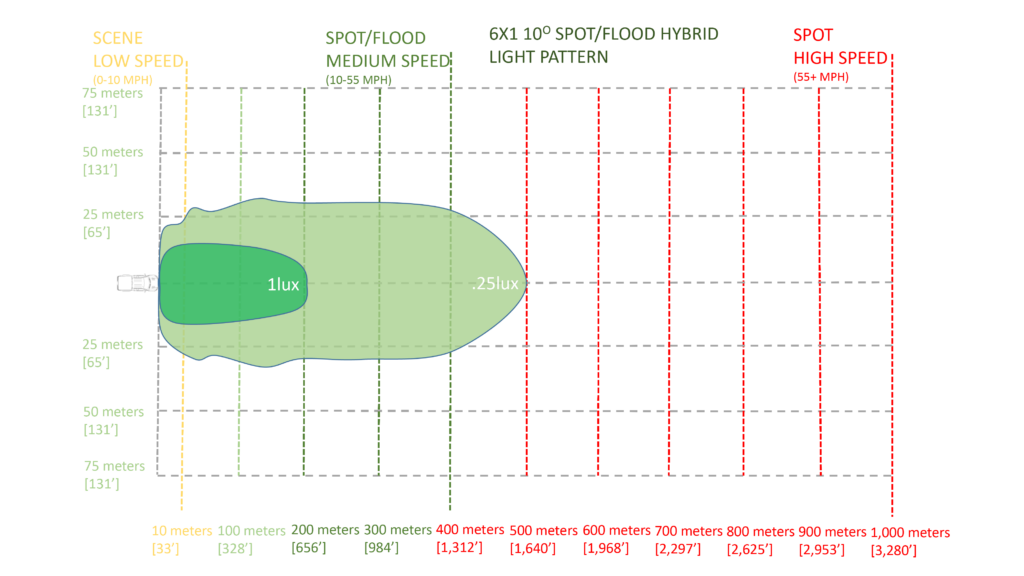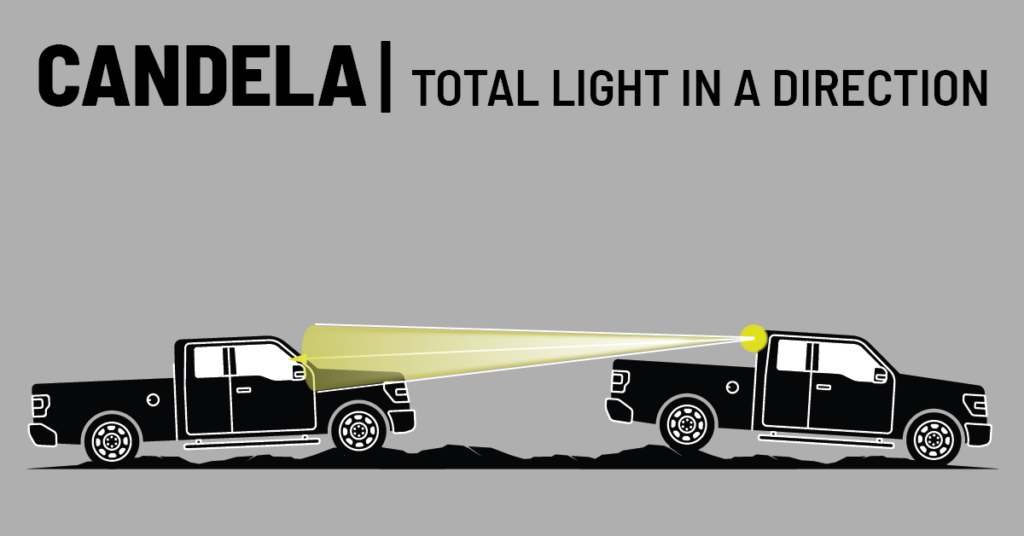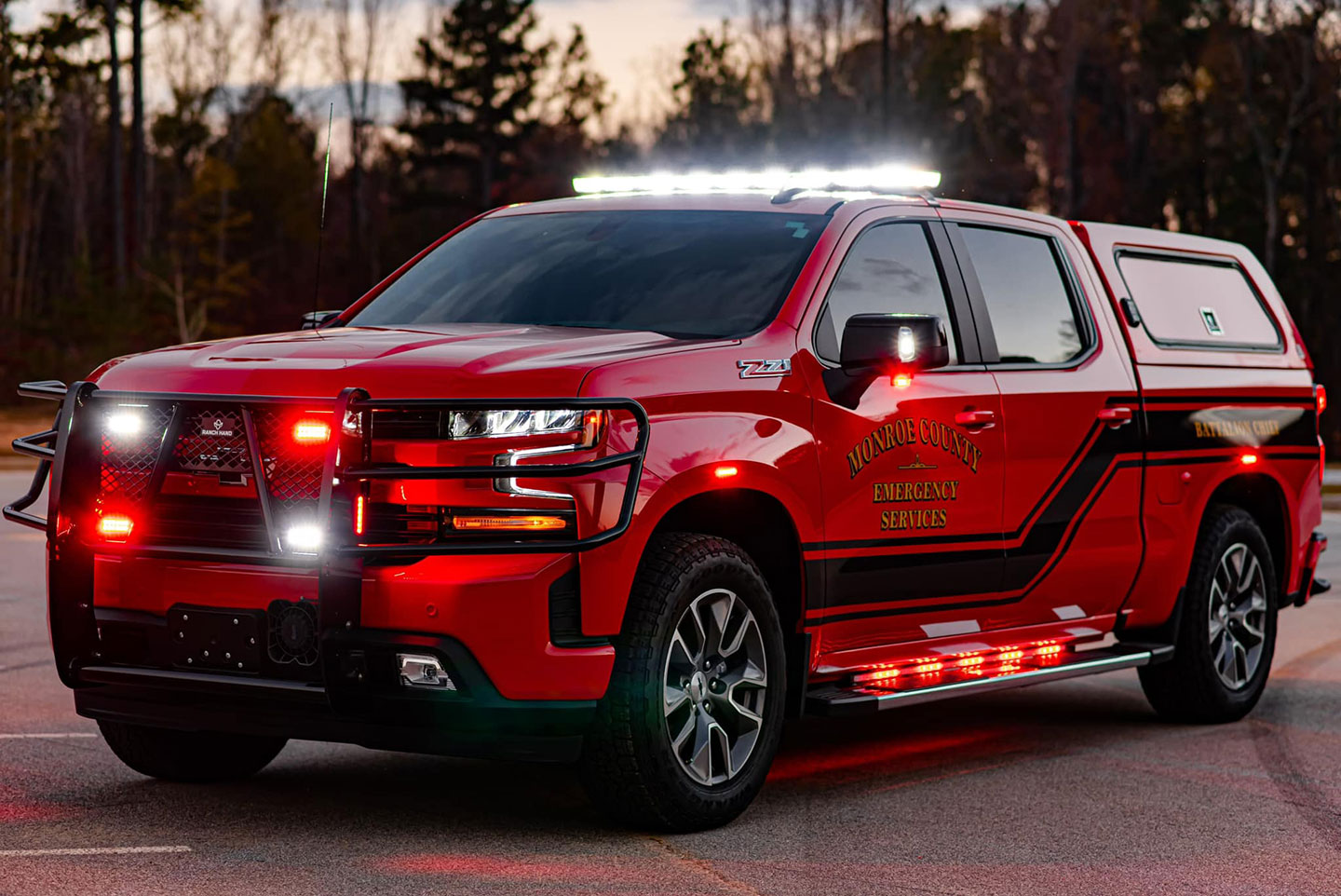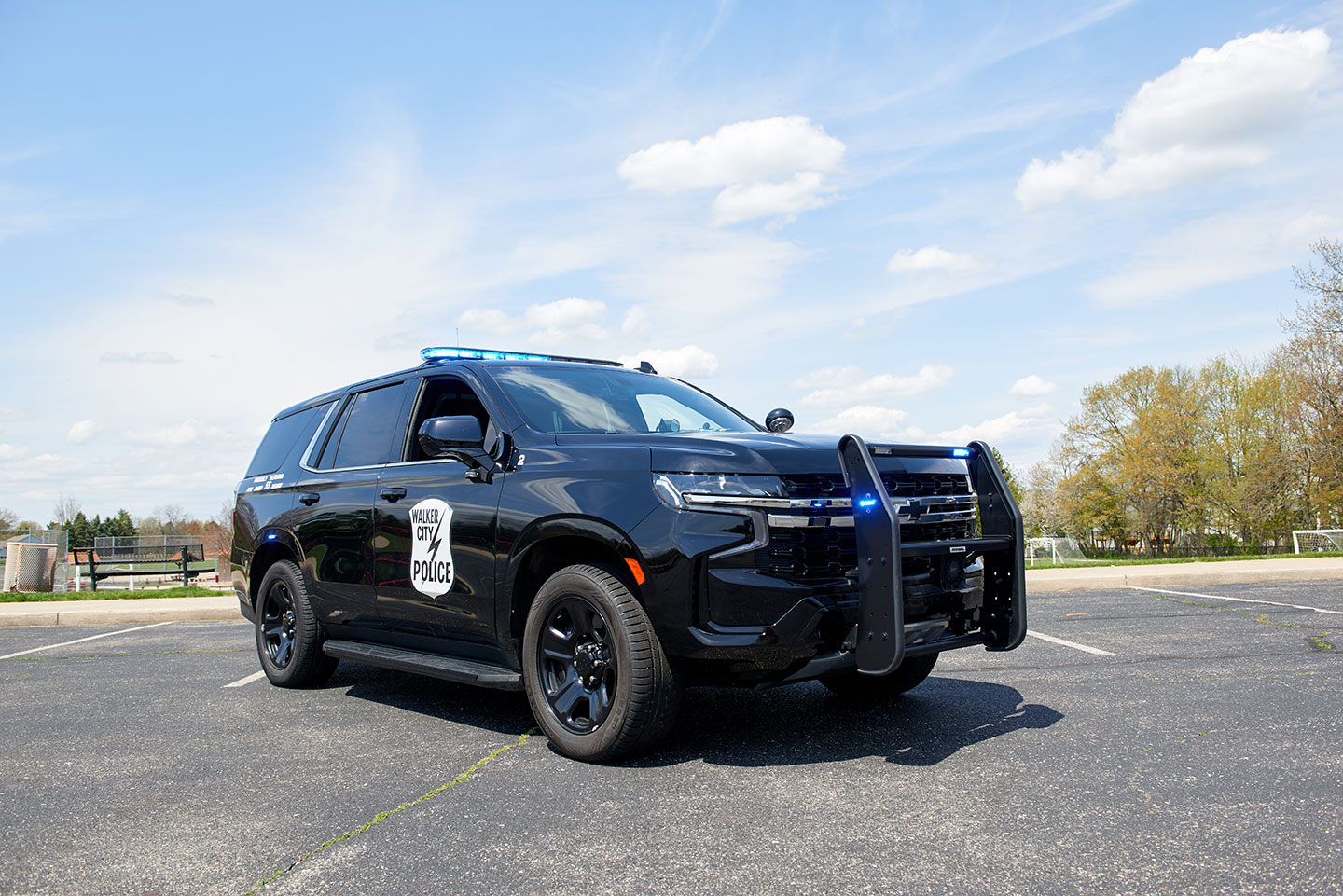It can be overwhelming to figure out what matters most when buying an off-road vehicle light.
If you’re anything like us, you love researching new products that will enhance your next ride. You can be found spending hours comparing and contrasting features, imagining how exactly the product will impact your experience on the road. But sometimes it’s hard to know which product is the “best.” That’s why we want to give you an insider’s view of what goes on behind the scenes at mpower® lights, far before our product is marketed or even packaged in the box.
Built Tough with Silicone
We’ve all been there: you thought you made a wise purchase and yet had a product break sooner than expected. It’s frustrating, time-consuming and maybe even makes you question your trust in that brand. At SoundOff Signal, our drive for a flawless customer experience fueled the development of SoundOff Signal’s mpower Silicone Lighting: lights that don’t crack, scratch or buckle under pressure…Yes, it’s possible.
SoundOff Signal’s mpower technology is the first optic-grade patented silicone lens that is virtually shatterproof, making it the most durable light on the market. This technology is a versatile, high-performance lighting system that is designed to be used in a wide range of applications. While we began this product development for police cars, firetrucks, work trucks, tow trucks and other commercial vehicles, when we pivoted to serving off-roaders, we knew we had to vet our lights by replicating the tough conditions they encounter.
Tested Extensively
Unlike delicate pieces of jewelry, complex electronics or other premium products that demand a light touch, each time you open a box from mpower, you can be confident they’ve been thoroughly beat up. And why wouldn’t they be?
Darrin Kunkle, test validation specialist, says that when the team immerses all products in these extreme temperatures and conditions, they push the product to its limit to ensure the durability off-roaders are looking for. At our headquarters in Hudsonville, Michigan, many employees are off-roaders themselves, which explains our extra level of attention to detail and passion. “These people care about what they are doing,” Kunkle says.
Expect your light to undergo these tests:
Environmental testing: evaluating the behavior of a device or system to obtain assurance that it will not be compromised by environmental conditions or fluctuations when operating outside the normal environmental operating range. Testing helps identify if there are any weaknesses in a product’s design or performance that could occur particularly at extreme hot/cold levels.
Thermal Shock Testing: simulating a products’ life cycle by exposing the product to rapid changes of temperatures ranging from -60°C to 170°C. This is completed by using a dual climate chamber that will transfer the product from one temperature extreme to the other, in less than 30 seconds.
UV Testing: carried out to understand how polymer materials withstand the damaging effects of UV light. This includes color change, reduction in performance characteristics, brittleness and much more. Typically, when a new product is developed and its resistance to sun rays needs to be verified, some samples are subjected to accelerated UV testing in a UV testing lab, which artificially recreates a long period of time under UV radiation bombardment in a short and convenient timescale.
IPX Waterproof Testing: exposing a device to water using standardized tests applied to obtain an IP rating IPX-1- through IPX-9. The IPX standard gives a clearer picture of how water resistant the item is.
Electrical Testing: evaluating the parametric, functional or timing performance of a component when electrical power is applied. Tests can range from simple, manual measurements of electrical continuity for the component’s inputs or outputs to complex functional tests.
Photometric Testing: Measurement of the quantity, color and spatial distribution of light sources.
Corrosion Testing: determining the resistance of materials to corrosion under certain environmental conditions, including temperature, humidity and salt water.
Durability Testing: pinpointing the characteristics of a system under various load conditions over time. This testing helps us to identify the stability of transaction response times over the duration of the test.
All these tests assess product reliability in controlled environments, including high temperature, and high humidity, Kunkle says. The goal is to simulate conditions that could lead to the failure of a new product, so when they get in your hands, you know they won’t fail.
Damon Mirate, product director, explains that these tests actually take into account the extreme conditions that off-roaders experience. As an off-road enthusiast himself, Mirate envisions the actual experience of off-roading in rough terrain and the situations that could arise. He then considers questions such as: is the bracket going to hold up? Is the light going to stay straight? How does the vibration of the vehicle affect the light? And perhaps most importantly, how does the actual light look after the test is conducted? Mirate then carefully plans tests to measure these conditions.
Delivering What Matters Most: Top Performance
Testing is well and good, but in the end, off-road enthusiasts just want to know the answer to one question: how will the light perform? Because mpower lights are made to be so durable, you can expect the light to last longer and stay looking bright and clean due to the sun’s UV rays feeding off of the silicone properties. But don’t just take our word for it.
Terry L. Abel, fire chief and emergency management director with Islamorada Fire Rescue, says that mpower ORV lights are reliable, time and again. ”The lights draw next to no power, run for hours on end through the harshest conditions of rock, mud, sand and water, never stopping and continuing to shine bright,” he says. “A simple wipe of the lenses and the mpower lights are good to go for another round. Friends and family love riding with us as we light the trails up so everyone can see what’s going on. Riding the trails, trailside repairs, whatever the need, the mpower ORV lights never disappoint.”
For Adam J. Geaneas, southeast regional trainer and personal user of mpower Silicone Lighting, the lights stood up even when his truck’s paint job didn’t. “The Jeep has hit trails, weathered extreme temperatures and traveled thousands of miles with ZERO issues. The Jeep has already had to have paint work done from road damage, but these ORV lights just shrug off the debris thanks to the silicone. I have been so happy with the mpower line I added them to my van as well, since we travel cross country with it. I know I will have dependable, reliable lighting any place I may go.”
